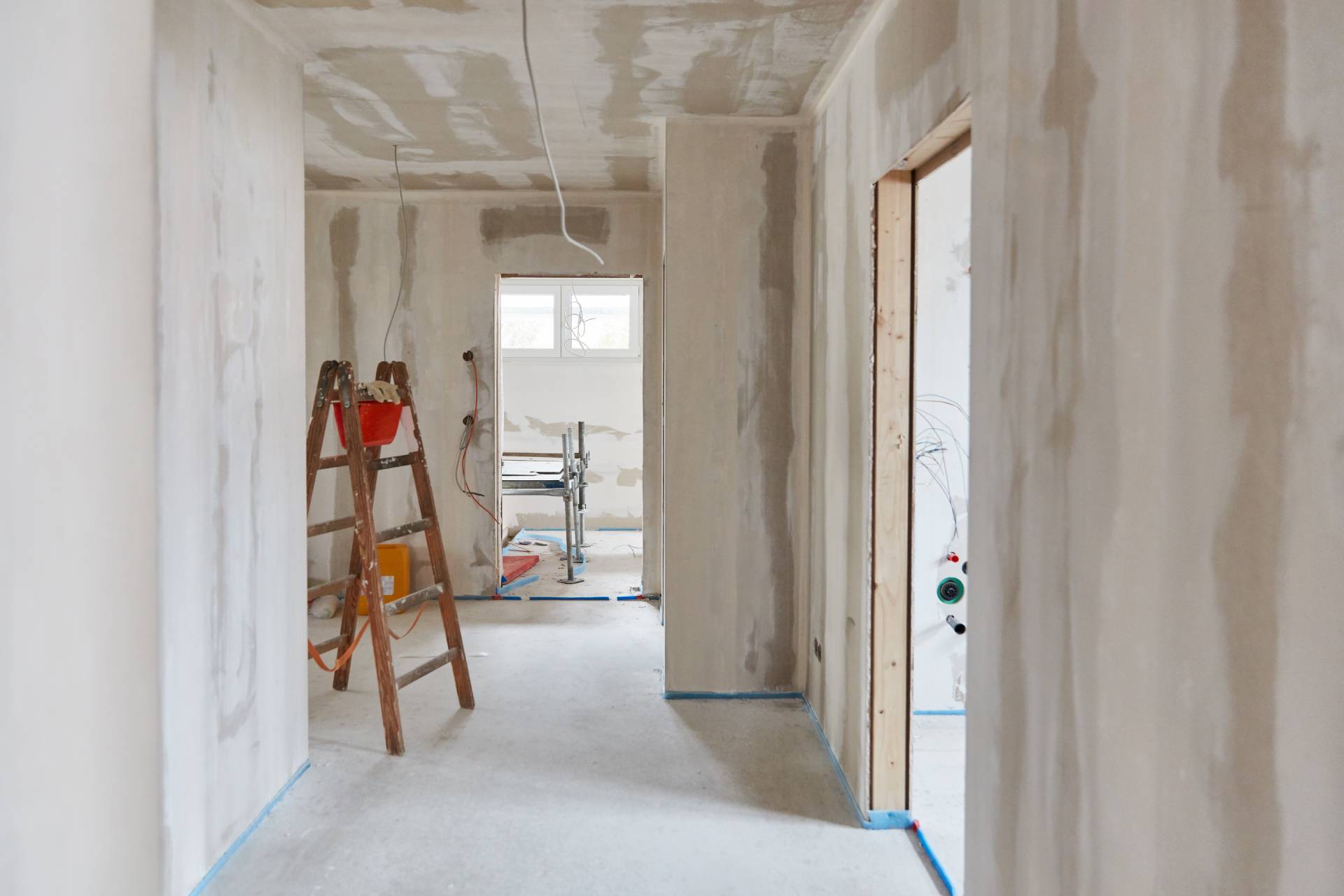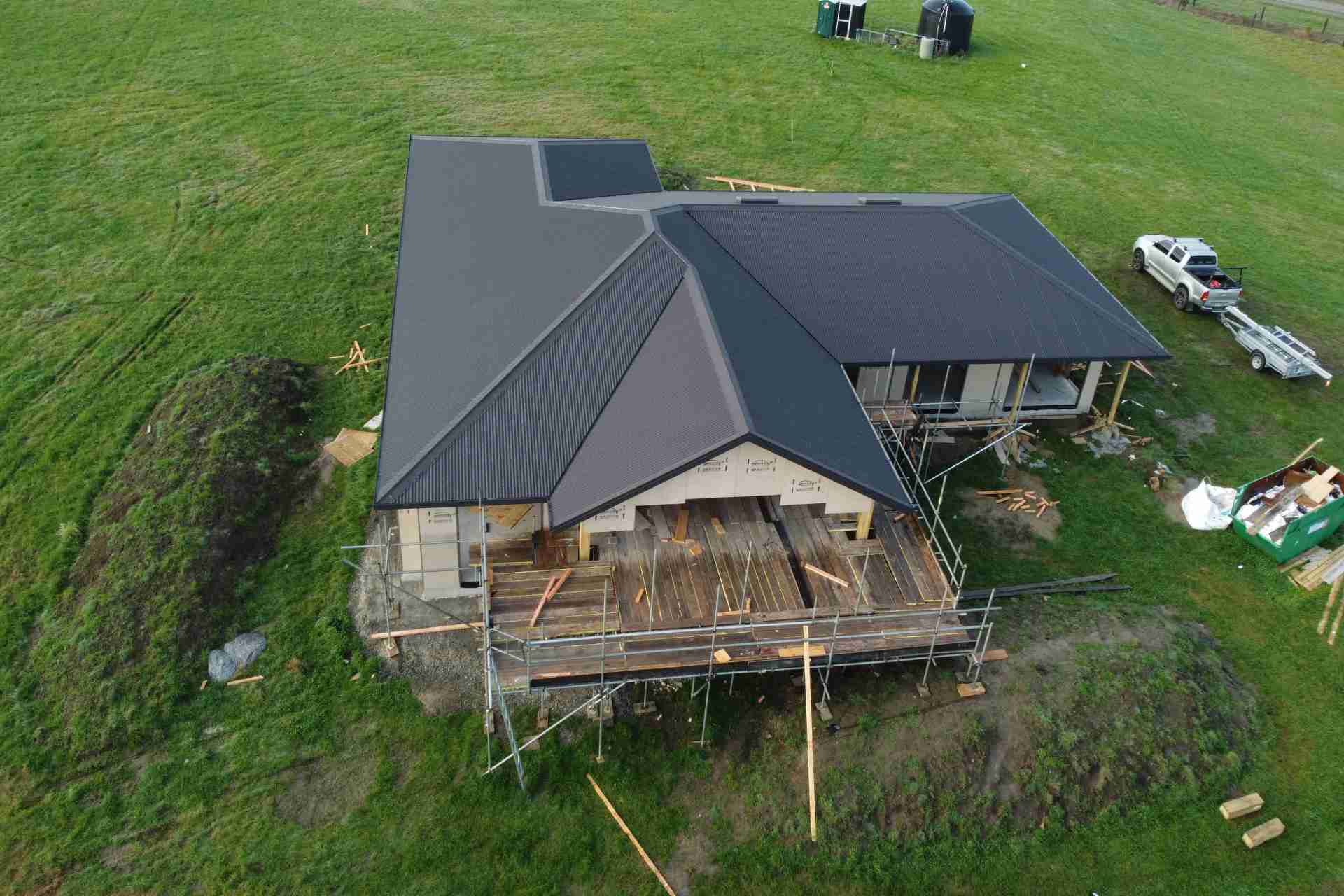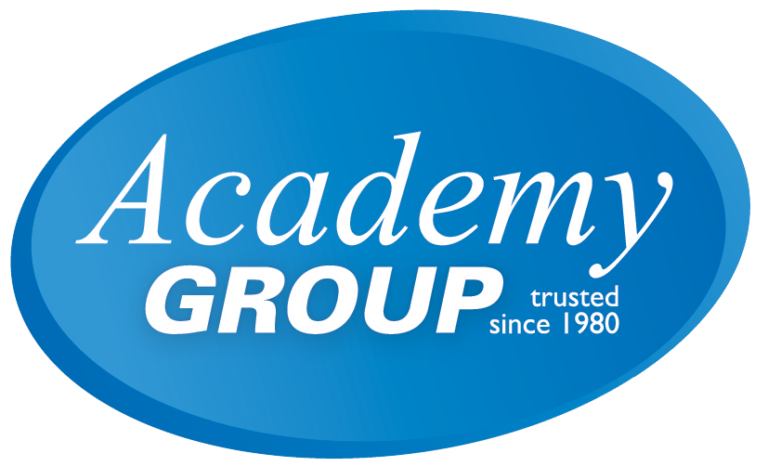
New methamphetamine contamination regulations: what landlords need to know
The Real Estate Institute of New Zealand (REINZ) has welcomed the Government’s move to regulate methamphetamine (meth) contamination in rental housing. The Regulations, expected to be in force in 2026, will provide much-needed clarity and consistency for tenants, landlords and residential property managers.
As the voice for residential property management in New Zealand, REINZ has long advocated for clear, evidence-based regulation in this area. In March 2023, REINZ made a formal submission to Te Tūāpapa Kura Kāinga and the Ministry of Housing and Urban Development (HUD), strongly supporting HUD’s proposal to establish a regulatory framework to manage meth contamination in rental properties.
REINZ Chief Executive, Lizzy Ryley, says the new regulations herald a proportionate response to meth contamination, balancing the protection of a landlord’s most important asset and the costs associated with decontamination, with tenant safety.
The new regulatory framework will provide clear guidance on testing, decontamination and handling abandoned goods in rental properties affected by meth. The regulations will also clarify tenants’ and landlords’ rights respectively to end a tenancy where a property is contaminated. This will result in positive outcomes right across the rental sector.
A hidden problem in Kiwi homes
Contamination caused by methamphetamine or P, as it’s more commonly known can have serious financial and legal consequences for builders, property investors, landlords and homeowners.
While national meth use sits at around 1% of adults, the ripple effects extend far beyond users. Properties where meth has been consumed or manufactured can become hazardous environments, requiring costly remediation before they’re safe to live in again.
The extent of meth use and contamination
The Q2 2025 wastewater testing by the New Zealand Police shows that New Zealanders consume roughly 29.1 kilograms of meth every week, with higher per-capita use in rural and regional areas such as Northland, Bay of Plenty and Hawke’s Bay.
Those are the same areas where rental properties, motels and social housing are often hardest hit by contamination. Even casual meth use, not just manufacturing, can leave behind residues that pose potential health risks and require professional decontamination.
In some cases, trace contamination has been found in new builds and renovated properties where tradespeople or tenants have used meth on-site, creating both safety and reputational risks for builders and developers.
Health and financial risks for property owners
Contaminated homes can cause headaches for everyone with a vested interest in property. Builders and contractors risk exposure if they unknowingly work in contaminated environments.
Landlords and property managers face expensive remediation bills, insurance complications and periods of vacancy while testing and cleaning are carried out.
Home buyers and sellers may encounter valuation disputes or legal claims if methamphetamine is detected post-sale.
Testing, remediation and best practice
For builders, renovators and landlords, prevention and due diligence are key. Before purchase or renovation, always, request a meth test as part of due diligence particularly for investment properties. Work with certified testing companies and ensure results are documented.
During renovations or new builds, keep job sites secure to prevent after-hours entry or drug use on-site. Train staff to recognise signs of meth manufacture, such as chemical smells, stained walls, or unusual ventilation setups.
If contamination is suspected stop work immediately and contact a professional decontamination company. Do not attempt to clean or paint over contaminated areas yourself.
Notify your insurer and keep detailed records of the testing and remediation process.
In some cases, remediation can cost tens of thousands of dollars, cutting into investment returns. For builders, the risk extends to brand reputation and liability if contaminated materials or unsafe environments go undetected during construction or renovation.
Moving forward with new regulations
New Zealand’s meth problem is complex, but awareness and proactive management will significantly reduce the risk for builders and property owners. By incorporating meth testing, and proper remediation processes into standard practice, the Government is working to protect both people and property.
“We commend Associate Minister of Housing, Hon. Tama Potaka for his leadership and commitment to resolving this long-standing issue. REINZ acknowledges the collaborative approach taken by HUD and Minister Potaka in listening to industry feedback and progressing this important reform. The introduction of clear standards and processes will give tenants, landlords and property managers much greater confidence and certainty,” says Ryley. “We are proud to have supported this important reform and look forward to both the regulations, and the guidance for tenants and landlords.”









